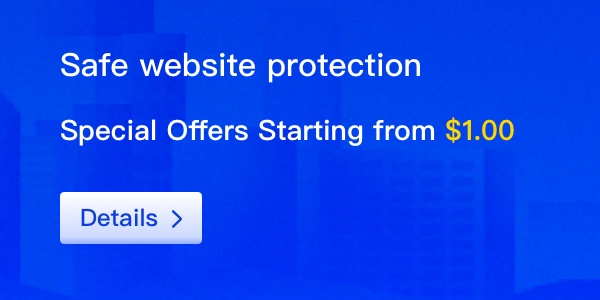Realizing your domain has been stolen is stressful—but don’t panic. With the right actions, taken quickly, you still have a good shot at getting it back. This guide lays out clear, practical steps to help you reclaim your domain and protect it going forward.

What Is Domain Theft, Exactly?
Domain theft happens when someone gets into your registrar account and transfers your domain—without your consent. This often stems from weak passwords, phishing emails, or gaps in your registrar’s security. Knowing how and why it happens is the first step to both recovering and preventing future losses.
What to Do Right Away
The moment you suspect your domain has been stolen, act fast. Every hour counts.
1. Contact Your Registrar ASAP
Get in touch with your domain registrar’s support team immediately. Give them your account info, the stolen domain name, and any related details. Most registrars have a formal recovery process for unauthorized transfers.
2. Secure Your Account
If you still have access to your account, change your password immediately and enable two-factor authentication. Lock your account if the registrar offers that option—it can stop further unauthorized activity.
3. Look for Other Signs of Compromise
Review your account settings for any changes. Has your contact info been altered? Are emails being forwarded elsewhere? These could be signs the attacker is still active.
Escalating the Recovery Process
If contacting your registrar isn’t enough, there are other avenues to pursue:
1. File a Complaint with ICANN
ICANN (the Internet Corporation for Assigned Names and Numbers) regulates domain names globally. They have a complaint system for domain disputes—you can submit a report through their website with supporting evidence.
2. Explore Legal Options
If the registrar doesn’t resolve your issue, consult an attorney who specializes in internet or IP law. In many cases, legal pressure (or the threat of it) can speed up resolution.
3. Report to Law Enforcement
If the stolen domain has caused significant financial damage or fraud, you may need to file a police report. Be prepared with all your documentation—emails, timestamps, screenshots, etc.
Protecting Your Domain from Future Theft
Whether you’ve recovered your domain or are still working on it, these steps can dramatically lower your risk of being targeted again:
1. Use Strong, Unique Passwords
Avoid anything obvious. Use a mix of characters, and never reuse passwords across multiple accounts. A password manager can help simplify this.
2. Enable Two-Factor Authentication (2FA)
This one’s a must. 2FA means even if your password is stolen, attackers can’t log in without the second verification step.
3. Monitor Your Domain Activity
Set alerts for changes to your domain settings. Many registrars offer activity notifications, so you’re immediately aware of unauthorized updates.
4. Use Domain Privacy Protection
This hides your personal info in public WHOIS records, reducing your chances of being targeted by phishing or social engineering attacks.
Final Reminder: Be Proactive, Not Just Reactive
Domain theft feels personal—and it is. But it’s also preventable. The key is staying alert, knowing your options, and treating your domain like the digital property it truly is.
If you act fast, stay informed, and build strong security habits, you’ll not only recover what’s yours—you’ll make sure no one can take it again.




















